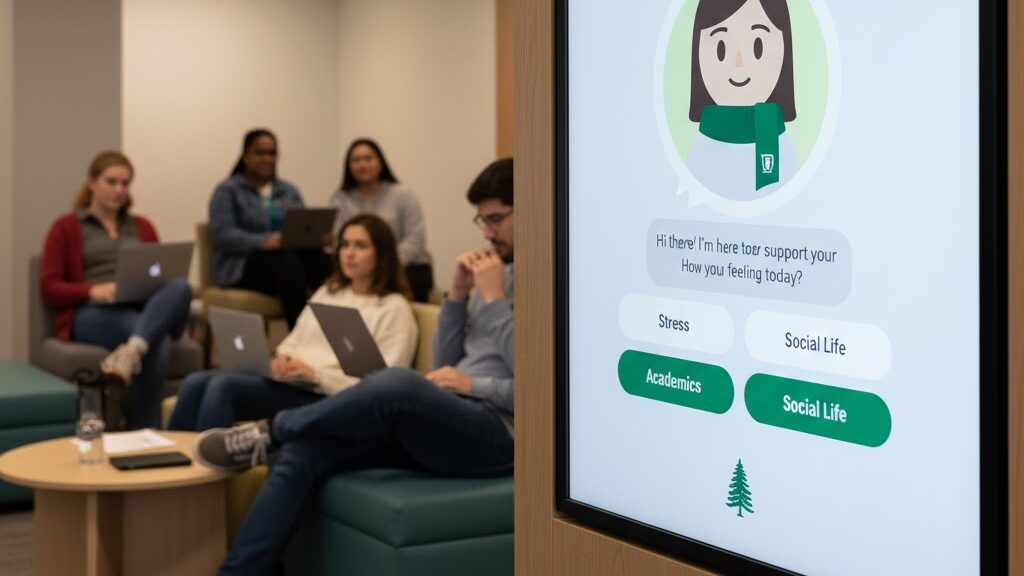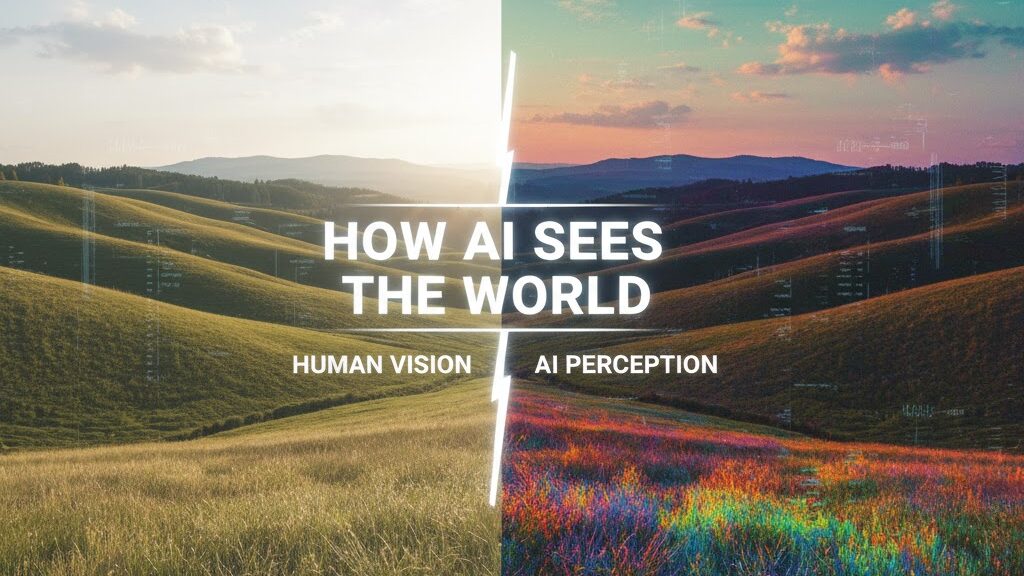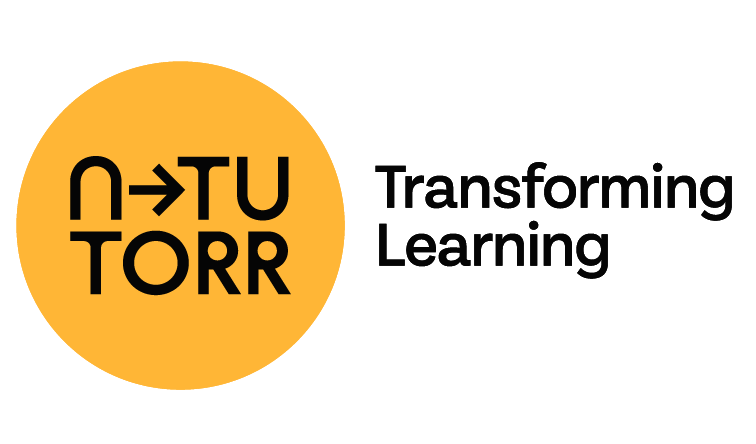
Source
North-West University News (South Africa)
Summary
North-West University (NWU) has launched a large-scale professional development initiative to promote responsible use of artificial intelligence in teaching, learning, and assessment. The AI and Assessment course, supported by the Senior Deputy Vice-Chancellor for Teaching and Learning, the AI Hub, and the Centre for Teaching and Learning, awarded R500 Takealot vouchers to the first 800 lecturers who completed all eleven modules. Participants earned fifteen digital badges by achieving over 80 per cent in assessments and submitting a portfolio of evidence. The initiative underscores NWU’s commitment to digital transformation and capacity building. Lecturers praised the programme for strengthening their understanding of ethical and effective AI integration in higher education.
Key Points
- 800 NWU lecturers were incentivised to complete the AI and Assessment training course.
- The programme awarded fifteen digital badges for verified completion and assessment success.
- Leadership highlighted AI’s transformative role in teaching and learning innovation.
- Participants reported improved confidence in using AI tools responsibly and ethically.
- The initiative reinforces NWU’s institutional focus on digital capability and staff development.
Keywords
URL
https://news.nwu.ac.za/ai-and-assessment-training-initiative-empowers-lecturers
Summary generated by ChatGPT 5



